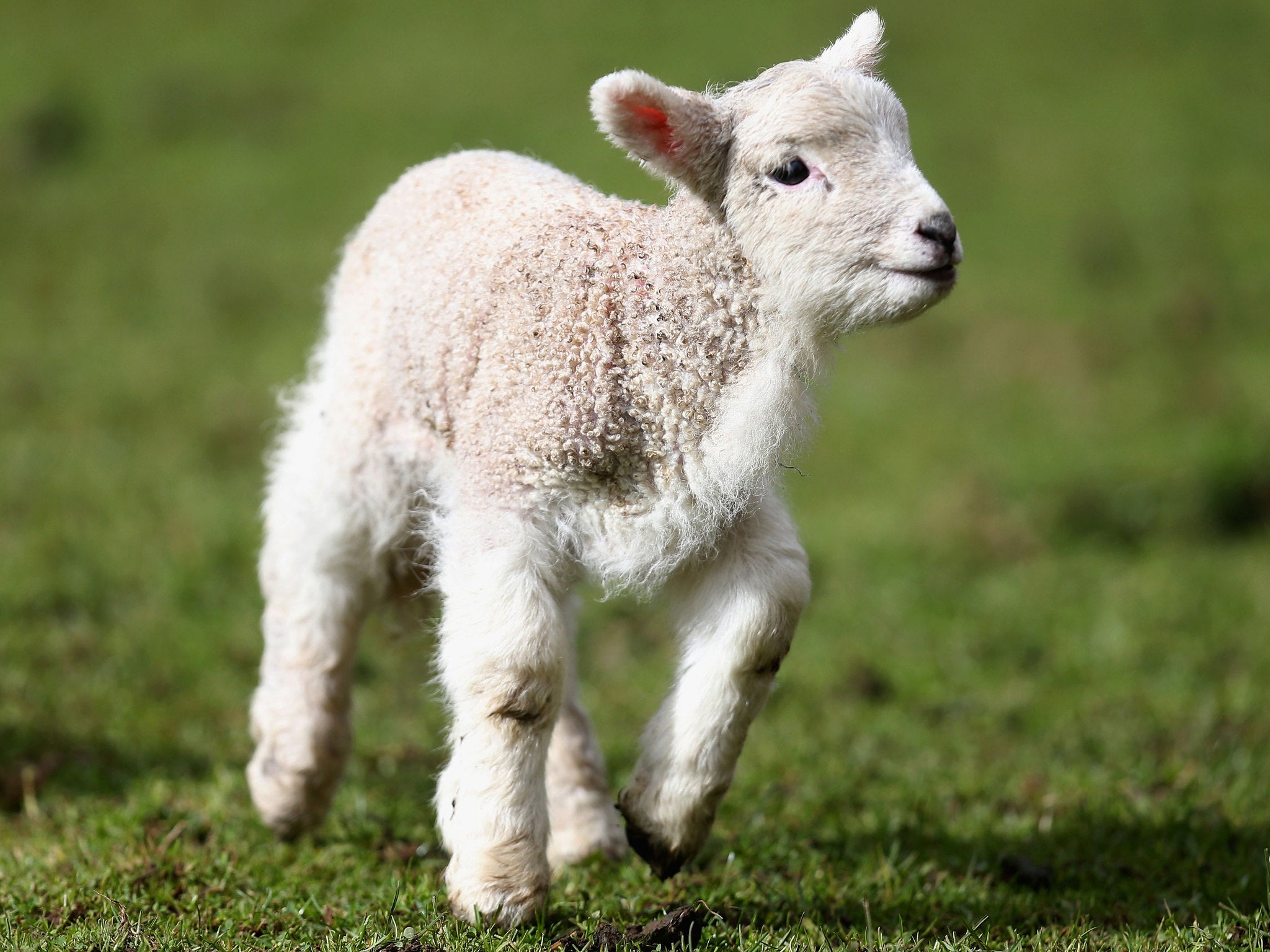Investigation opened in France after lamb genetically modified with jellyfish protein sold as meat
A fluorescent protein was present in the lamb, meaning it glowed green when exposed to certain lights

An investigation has been opened in France to find out how the meat of a lamb genetically modified with jellyfish protein made its way into the food supply
The lamb, named 'Rubis', which translates as 'Ruby', was genetically modified with protein isolated from jellyfish, as part of a medical research programme at France's National Institute for Agrucltural Research (INRA).
The lamb was born in 2014, to a mother whose DNA had been modified with Green Fluorescent Protein (GFP). GFP is isolated from the crystal jellyfish, and is used as a 'reporter gene' in medical research.
It can be used to tell whether a certain gene has been taken up in a modified cell, as it glows with a green colour when exposed to certain lights.
The fluorescent protein present in Ruby meant she glowed under these lights.
Ruby was used in a study about the impacts of various heart implants used in people with heart failure. However, she was sold to a slaughterhouse in October 2014, along with other non-genetically modified animals. It is not clear how many people might have eaten her.
Following an internal investigation in December, INRA asked French prosecutors to investigate the breach in security.
A press release from INRA, published after a Le Parisien report about the incident, alleges that Ruby was taken to the lab as part of a malicious act by unidentified employees.
The December internal investigation revealed "tensions and dysfunctions" within the facility where the lamb was kept, as well as behaviour by individuals that was "incompatible" with the the business of scientific research.
INRA was keen to point out that the protein present in the lamb is commonly used in research, and poses no risk to human health.
However, that should do little to allay the fears of some French meat-eaters. A 2002 study that compared public attitudes to GM food across Europe found that 82.5 per cent of French consumers were opposed to GM food, the second highest figure out of all the countries surveyed.
By comparison, only 58.3 per cent of British people surveyed in the study expressed the same feelings.
Subscribe to Independent Premium to bookmark this article
Want to bookmark your favourite articles and stories to read or reference later? Start your Independent Premium subscription today.

Join our commenting forum
Join thought-provoking conversations, follow other Independent readers and see their replies